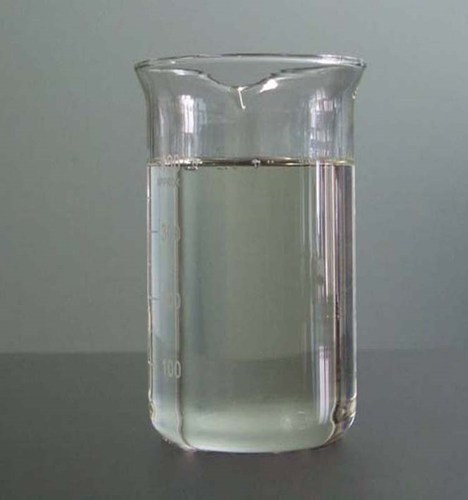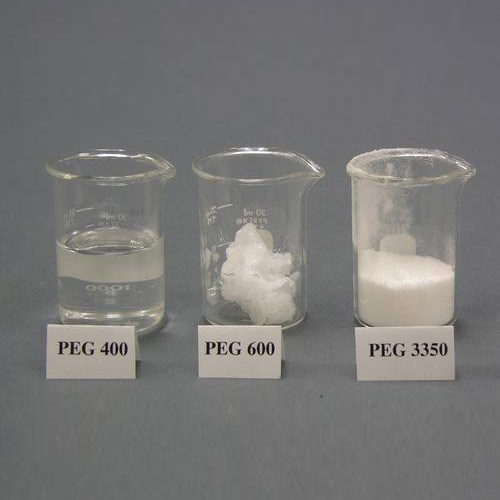Polyethylene Glycol

Description of Polyethylene Glycol:
Polyethylene glycol is a polyether compound with many applications, from industrial manufacturing to medicine. PEG is also known as polyethylene oxide (PEO) or polyoxyethylene (POE), depending on its molecular weight. The structure of PEG is commonly expressed as H−(O−CH2−CH2)n−OH.
PEG has been examined extensively as a drug delivering vehicle because of its solubility in both organic and hydrophilic solvents. In contrast to many other synthetic polymers, PEG is relatively hydrophilic and can be conjugated to other polymers to make them less hydrophobic.
Uses of Polyethylene Glycol:

Polyethylene Glycol is used in a wide range in many industries, such as Medical: Polyethylene Glycol in surgery and colonoscopy, X-Ray diffraction, PEG for Gene Therapy, Blood Banking.
Chemical: PEG used as a lubricating coating for various surfaces, passivity microscope glass, Polyethylene Glycol for applying osmotic pressure in biochemistry and biomembranes experiment, Polyethylene glycol for Gas Chromatography, PEG as heat transfer fluid, mass spectrometry.
PEG has a low toxicity and is used in a variety of products. The polymer is used as a lubricating coating for various surfaces in aqueous and non-aqueous environments.
Since PEG is a flexible, water-soluble polymer, it can be used to create very high osmotic pressures (on the order of tens of atmospheres). It also is unlikely to have specific interactions with biological chemicals. These properties make PEG one of the most useful molecules for applying osmotic pressure in biochemistry and biomembranes experiments, in particular when using the osmotic stress technique.
PEG is also commonly used as a polar stationary phase for gas chromatography, as well as a heat transfer fluid in electronic testers.
Commercial Use: PEG for skin creams (as cetomacrogol) and personal lubricants for making toothpaste, use in body armor, and in tattoos to monitor diabetes. PEG in print industries as an ink solvent and using in ceramic and textile industries.
Packing of Polyethylene glycol:
Liquid form: PEG (200 up to 1000) are packed in 180 kg drums , iso tank , flexi tanks and bulk shipments. Each 20 foot container takes 80 drum.
Solid form: PEG ( from 1000) packed in Bag ( net : 25 Kg). The PEG products have shelf life of 24 months from the date of manufacture & maintained in adequate storage condition. Shelf life of pharmacy grades is 12 months.

